Occupational Safety Training in the Transportation Industry
99,000 ₫
Note: The above price is calculated for one person, the price may fluctuate depending on the number of trainees participating in the course and the dynamics of the market. For more accurate price support, please refer to the quotation table or contact our consulting staff directly.
The Safety training course in the transportation industry is a course that provides occupational safety knowledge for Group 3. The course will raise awareness for trainees about accident prevention during work. Accordingly, the occupational safety training content is closely aligned with Article 18 Decree 44/2016/ND-CP.
Table of Contents
Toggle1. Overview of the transportation industry
a. What is the transportation industry?
- The transportation industry is one of the basic economic sectors, responsible for transporting goods, people, and assets from one location to another through means of transport such as road, railway, inland waterways, and air. The transportation industry plays an important role in connecting economic regions, contributing to promoting the economic and social development of a nation.
- The transportation industry in Vietnam plays a very important role in serving the travel needs of people and the trade of goods. As of 2021, the transportation industry in Vietnam is developing rapidly with a significant contribution to the national economy. According to statistics from the General Statistics Office of Vietnam, in 2020, the total volume of goods transported by road, inland waterways, railway, and air reached more than 2.5 billion tons, an increase of 3.8% compared to 2019.
- The transportation industry in Vietnam acts as a lifeline, contributing to promoting trade and socio-economic development.
- However, the transportation industry in Vietnam still faces many challenges such as traffic jams, congestion, environmental pollution, limited infrastructure, lack of high-quality human resources, and fierce competition from countries in the region. To address these issues, there needs to be cooperation between functional units and enterprises in the transportation industry to increase infrastructure investment, improve service quality, train professional human resources, and apply advanced technology in management and operation.

b. Common types of transportation in Vietnam
In Vietnam, there are many common types of transportation including:
- Road transport: The main form of transportation on roads, including vehicles such as cars, trucks, passenger cars, buses, taxis, etc.
- Railway transport: The form of transportation by train on railways, including types such as inter-provincial trains and domestic trains, etc.
- Inland waterways transport: The form of transportation on inland waterways, including types of vessels such as sea ships, river ships, boats, etc.
- Air transport: The form of transportation by aircraft, including passenger aircraft and cargo aircraft, etc.
- Multimodal transport: The form of combining the above types of transportation to optimize the transport of goods and passengers. For example, transporting goods from a port by sea ship to another port, then continuing transportation by truck to the destination.

c. Typical enterprises in the transportation industry
There are many typical enterprises in the transportation industry, however, here are some large and reputable enterprises in the market:
- Vietnam Airlines: The national airline of Vietnam, operating since 1956. This airline has routes to more than 60 domestic and international destinations.
- Vietjet Air: The first low-cost airline in Vietnam, operating since 2011. Currently, Vietjet Air has routes to more than 40 domestic and international destinations.
- Saigon Newport Corporation: One of the leading maritime transport enterprises in Vietnam. This is a joint stock company formed by the merger of Saigon Port Corporation and Newport Company Limited.
- Vietnam Railways: The largest railway transport enterprise in Vietnam. This company owns and manages all railways in Vietnam, with more than 3000km of railways.
- Hoan Cau International Transport and Tourism Joint Stock Company (Hoang Long): A pioneer company in passenger transport by bus in Vietnam. Hoang Long has a nationwide network and provides high-quality passenger transport services.
- Nam A Transport and Tourism Company Limited (Nam A): A company specializing in passenger transport by bus to provinces across the country. Nam A uses modern buses to ensure customer safety.
- Saigon Passenger Transport and Tourism Joint Stock Company (Sinhcafe): Has long experience in passenger transport by bus in Vietnam. Sinhcafe uses the latest buses with many amenities to ensure customer comfort.
- Phuong Trang Passenger Transport Joint Stock Company: A company specializing in passenger transport by bus, with nationwide routes. Phuong Trang uses the latest buses, regularly maintained, ensuring customer safety.
- Mai Linh Passenger Transport Joint Stock Company: One of the largest companies in passenger transport by bus in Vietnam. Mai Linh has a nationwide distribution system and provides quality, safe, and convenient services for customers.
- Toan Thang Passenger Transport Company: One of the leading enterprises in passenger transport by bus in Vietnam. The company was established in 1992 and is headquartered in Ho Chi Minh City. Toan Thang provides high-quality passenger transport services with a modern fleet ranging from 16-seat to 45-seat buses. Toan Thang’s buses are designed for convenience, ensuring safety and comfort for customers.
- Mien Dong Bus Joint Stock Company: One of the largest bus companies in Ho Chi Minh City and the southern region. This company provides passenger transport, cargo transport, and logistics services, especially on routes from Ho Chi Minh City to the Mekong Delta and Central Highlands provinces.
- Hai Van Passenger Transport Company: One of the large passenger transport companies in Vietnam, specializing in bus passenger transport services. The company was established in 1998 and is headquartered in Ho Chi Minh City. With over 20 years of experience in passenger transport, Hai Van Company has become a trusted partner of many enterprises, organizations, and individual customers nationwide.
- Hoa Mai Passenger Transport Company Limited: One of the large passenger transport companies in Vietnam. The company was established in 1992, operating in passenger transport by bus on long-distance routes, regular routes, and city routes.
- Thanh Buoi Company Limited: One of the companies specializing in providing high-quality road and inland waterways transport services for customers. With more than 10 years of experience in the transport industry, Thanh Buoi always strives to meet customer requirements by providing flexible and cost-effective transport solutions. The company has a professional and dedicated staff, ensuring its services are carried out efficiently and on schedule.
d. Specific jobs in the transportation industry
Specific jobs in the transportation industry may include:
- Driver: Driving vehicles such as trucks, buses, trains, airplanes, ships, etc. to transport goods or people from point A to point B.
- Packing and loading staff: Carrying out packing work or loading goods from transport vehicles into warehouses or from warehouses onto transport vehicles.
- Accountant: Managing, preparing financial reports, checking revenues and expenditures, and finances for transport companies.
- Treasurer: Managing and controlling money, deposits, and cash, performing tasks related to financial accounting for transport companies.
- Technician: Performing maintenance and repair of transport equipment such as cars, ships, airplanes, ships, roads, etc.
- Quality manager: Managing the quality of goods, transport vehicles, ensuring product and service quality, complying with safety standards and environmental protection in the transportation industry.
- Transport consultant: Providing transport consulting services for customers, helping customers optimize costs, transportation time, and select appropriate transport vehicles according to their needs and purposes.
2. Overview of occupational safety training in the transportation industry
a. What is occupational safety training in the transportation industry?
- Occupational safety training in the transportation industry consists of sessions that equip workers with awareness of how to prevent occupational accidents. Accordingly, those working directly in the transportation industry belong to group 3.
- The occupational safety training course will help workers identify and prevent hazards, thereby reducing risks of occupational accidents during work.
REGISTER FOR OCCUPATIONAL SAFETY TRAINING SERVICE
b. Training duration
Initial occupational safety training duration
- Total training duration is at least 24 hours, including examination time.
- 8 hours of theory on policies, laws, and regulations on occupational safety and hygiene
- 8 hours of theory on basic knowledge of occupational safety and hygiene
- 4 hours of theory on specialized training content
- 2 hours of practice on specialized training content
- 2 hours of theory examination at the end of the course
The occupational safety training center will schedule training into multiple sessions depending on the arrangement of working time for employees. Normally, there will be 6 training sessions, the course will take place over 3 days, provided that the manufacturing enterprise arranges continuous study time.
Periodic occupational safety training duration
- Before the occupational safety card expires, workers who wish to renew it must attend a periodic occupational safety training course, with the periodic training duration being at least 50% of the initial training duration.
Explanation: The total duration of periodic occupational safety training is at least 12 hours, including examination time. After completing the periodic training course and passing the test, workers will be reissued or extended their occupational safety card.
c. Training content
| No. | TRAINING CONTENT | TRAINING DURATION (HOURS) | |||
| Total | Including | ||||
| Theory | Practice | Examination | |||
| I | Policies, laws, and regulations on occupational safety and hygiene | 8 | 8 | 0 | 0 |
| 1 | Overview of the system of legal normative documents on occupational safety and hygiene. | 6 | 6 | ||
| 2 | System of standards and technical regulations on occupational safety and hygiene. | 1 | 1 | ||
| 3 | Specific regulations of state management agencies on occupational safety and hygiene in construction, expansion, or renovation of facilities for manufacturing, use, preservation, storage, and inspection of machinery, equipment, materials, and substances subject to strict requirements on occupational safety and hygiene. | 1 | 1 | ||
| II | Basic knowledge of occupational safety and hygiene | 8 | 8 | 0 | 0 |
| 1 | Basic knowledge of hazardous and harmful factors in the workplace. | 4 | 4 | ||
| 2 | Methods of improving working conditions. | 1 | 1 | ||
| 3 | Safety culture in manufacturing and business. | 1 | 1 | ||
| 4 | Rights and obligations of employers and employees; policies and regimes on occupational safety and hygiene for employees; functions and duties of the safety and hygiene network. | 1 | 1 | ||
| 5 | Regulations on occupational safety and hygiene, safety signs and instructions, use of safety devices, personal protective equipment; first aid skills for occupational accidents and prevention of occupational diseases. | 1 | 1 | ||
| III | Specialized training content | 6 | 4 | 2 | 0 |
| Comprehensive knowledge of machinery, equipment, hazardous substances; analysis, assessment, and management of risks in occupational safety and hygiene, safe working procedures with machinery, equipment, and substances subject to strict requirements on occupational safety and hygiene. | 6 | 4 | 2 | ||
| IV | Examination of occupational safety training content at the end of the course | 2 | 2 | 0 | 0 |
| Total | 24 | 22 | 2 | ||
See more training content of 6 groups
d. Occupational safety card
After completing the occupational safety training course and passing the examination, workers will be issued an occupational safety card (commonly called occupational safety certificate group 3).
The group 3 safety card clearly shows information such as full name, date of birth, job, and specific working environment. It also includes training duration, red seal, and signature certifying course completion.
According to regulations on card issuance stated in Clause 2 Article 24 of Decree 44/2016/ND-CP, there are 2 cases:
- If the employer and employee have a labor contract, the employer must sign, stamp, and affix the occupational safety card for group 3 employees after completing training from an occupational safety training unit and passing the examination.
- For freelance or seasonal workers without a labor contract, the training unit must sign, stamp, and affix the occupational safety card after the worker has completed training and passed the examination.

3. Identifying hazards in the transportation industry
Hazards in the transportation industry may include:
- Traffic accidents: The most significant hazard in the transportation industry. Drivers and passengers are at risk of accidents when participating in traffic.
- Overload: Transporting oversized or overloaded goods may cause traffic accidents and road damage.
- Chemical poisoning: Transport workers may be exposed to hazardous chemicals during handling, transportation, or disposal of waste.
- Harsh working conditions: Drivers, mechanics, and delivery workers often have to work outdoors in harsh weather conditions such as rain, wind, and heat.
- Physical impacts: Drivers and mechanics often work with engines, machinery, and heavy materials, which may cause injuries such as crushing or fractures.
- Cargo accidents: Accidents during transportation of goods may lead to property damage and human loss.
- Risk of fire and explosion: Some transport vehicles use flammable fuel or hazardous chemicals, which may cause fire or explosion risks.
4. Safety Measures for the Transportation Industry
Safety measures for the transportation industry include:
- Ensuring traffic safety: Drivers need to be trained in safe driving skills and strictly comply with traffic regulations. Transportation vehicles must be periodically inspected to ensure safety while operating on the road.
- Risk control: Carriers must assess potential hazards and establish risk control measures, including training drivers on how to handle dangerous situations and implementing accident prevention methods.
- Ensuring cargo safety: Goods must be transported properly and safely. Carriers must ensure that goods are properly packaged and comply with the safety regulations of the transportation industry.
- Ensuring occupational safety: Employees in the transportation industry must be trained in occupational safety and provided with personal protective equipment to safeguard their health and lives.
- Periodic inspection: Transportation vehicles must be periodically inspected to ensure safety while operating on the road. These inspections include technical checks, quality checks, and safety checks.
- Ensuring safety during transportation processes: Carriers must establish procedures and systems to ensure safety throughout transportation operations. These procedures include monitoring driver age, driving hours, ensuring safe driving conditions, and managing speed.
- Raising community awareness: Carriers must strengthen community awareness of the importance of maintaining safety in the transportation industry and introduce accident prevention measures.
- Periodically conducting occupational environment monitoring inside transportation vehicles, collecting and analyzing harmful factors to workers, thereby adjusting and reducing risks to prevent occupational diseases.

5. Accidents in the Transportation Industry
The transportation industry is one of the industries with a high risk of occupational accidents, due to activities related to movement, use of vehicles, and transportation of goods. Below are some common types of accidents in the transportation industry:
- Traffic accidents: This is the most common type of accident in the transportation industry, including road accidents, railway accidents, and aviation accidents.
- Accidents during cargo handling: Improper loading and unloading of goods during movement and transportation can cause accidents, such as falling heavy objects, explosive materials, fragile items, or causing vehicle imbalance.
- Accidents in warehouses: Activities such as loading, transporting, and handling goods in warehouses also pose risks to workers, such as being crushed, pierced by heavy objects, or being hit.
- Accidents caused by natural disasters: Natural phenomena such as storms, floods, earthquakes, and lightning can sometimes cause accidents in the transportation industry.
- Accidents from using transportation equipment: Equipment such as elevators, cranes, escalators, and conveyors can cause accidents if not used properly or not properly maintained.
6. Benefits of Occupational Safety Training in the Transportation Industry
An Toan Nam Viet provides enterprises with outstanding benefits after completing occupational safety training courses in accordance with Decree 44/2016/ND–CP on occupational safety and hygiene for companies, factories, and enterprises.
- Workers can identify potential risks of occupational accidents and take preventive measures to avoid them.
- Enterprises can establish risk prevention measures in manufacturing, operations, and maintenance processes.
- Minimizing costs when occupational safety risks occur.
- Uninterrupted manufacturing processes help increase labor productivity and product quality.
- Strictly complying with occupational safety regulations, avoiding legal risks.
- Building credibility and professionalism in all aspects, thereby enhancing the brand image of enterprises.
The training courses of An Toan Nam Viet are preventive solutions against external factors that may affect individuals, helping them avoid dangers that could lead to injury or even fatality.
REGISTER FOR OCCUPATIONAL SAFETY TRAINING SERVICES
7. Customer Feedback After Completing the Training Course
An Toan Nam Viet has accumulated many years of experience in its mission of accompanying enterprises throughout Vietnam in general and particularly in the southern provinces. This responsibility is extremely valuable to Nam Viet, which is why the occupational safety training programs of Nam Viet are always increasingly professional. The driving force for the strong growth of An Toan Nam Viet comes from the positive feedback and suggestions from enterprises. Below are responses from our partners whom we have served.
Bac Nam E&C Construction Investment Joint Stock Company
“It was my first time using the services of An Toan Nam Viet, and I was very surprised by the 24/7 enthusiastic support from the consulting team. The class organization was very fast and convenient for our company. Thank you very much for Nam Viet’s service!”
Hoa Dat Construction and Trading Joint Stock Company
“Nam Viet’s services helped us a lot in simplifying occupational safety and completing safety records for our work processes. The consulting team was enthusiastic and timely in addressing our concerns. 5 stars for Nam Viet.”
See more customer interviews after using the service of An Toan Nam Viet
8. Occupational Safety Training Capacity of An Toan Nam Viet
An Toan Nam Viet is a reputable and high-quality occupational safety training center in Vietnam today. Occupational safety training sessions are regularly held at manufacturing workshops, factories, or construction sites across the country (63 provinces of Vietnam).
REGISTER FOR OCCUPATIONAL SAFETY TRAINING SERVICES
License for occupational safety training
- An Toan Nam Viet has been inspected and certified by the Department of Occupational Safety under the Ministry of Labor – Invalids and Social Affairs, granting a certificate of eligibility for occupational safety and hygiene training. This further strengthens our capacity in occupational safety training.

Training materials and lectures
- Before occupational safety training materials are applied in training courses, they are reviewed and approved to ensure the lectures are accurate in knowledge and effective when applied.
- The teaching methods of instructors are standardized according to An Toan Nam Viet’s training standards, a method researched and developed by experts in occupational safety and hygiene training to bring the highest learning efficiency to trainees.
Facilities
- Controlling classroom factors that affect the training process increases teaching efficiency and learning outcomes for trainees.
- Training support facilities are always arranged with spacious classrooms that meet standards for area, lighting, training equipment, etc.
9. Nationwide Reputable and Quality Occupational Safety Training Center
At An Toan Nam Viet, we always prioritize professional dedication in occupational safety training. For us, imparting self-protection knowledge to workers so they can have safety as their foundation in life is a contribution to building the nation. To ensure effective training, we carefully and meticulously prepare every detail, from teaching tools, equipment, curriculum, materials, sound, and lighting. Our occupational safety trainers are experts with many years of experience in the field. They even have research projects on hazard identification across all industries and prevention methods. Their lectures are drawn from practice and delivered in an engaging, easy-to-understand way for workers. These factors help workers feel comfortable during study time and absorb knowledge effectively. The knowledge conveyed is always in line with Decree 44/2016/ND-CP. Thus, workers can master many prevention measures and self-protection methods, applying them appropriately in their actual work.Our occupational safety training center proudly provides reputable and professional occupational safety training services with the following advantages:
- Competitive training costs while ensuring quality of training.
- Flexible training schedules in accordance with the manufacturing operations of enterprises.
- Quick certification procedures for occupational safety training, in compliance with legal regulations.
- Trainers with many years of professional experience.
- Classrooms with controlled factors that enhance teaching efficiency and learning outcomes for trainees.
- Lectures are compiled to suit the occupational safety practices of enterprises.
- An Toan Nam Viet works with dedication and professionalism to provide accurate and fast customer support.

10. Additional Occupational Safety Training Materials for the Transportation Industry
- Occupational Safety Training Materials for the Railway Industry
- Occupational Safety Materials for the Transportation Industry
- Set of Occupational Safety Training Materials
- Set of Occupational Safety Training Tests
- Occupational Safety Multiple-Choice Test for the Transportation Industry
- Slides of Occupational Safety Training Lectures for the Transportation Industry
1 review for Occupational Safety Training in the Transportation Industry
No comments yet

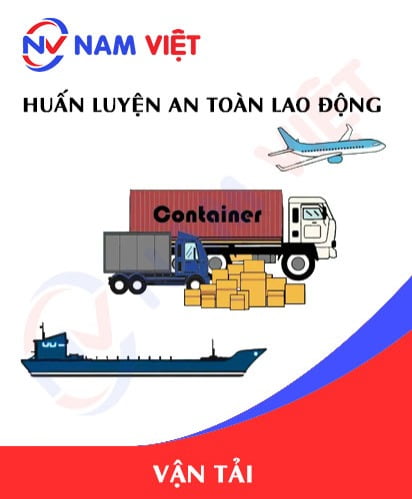
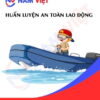
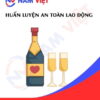
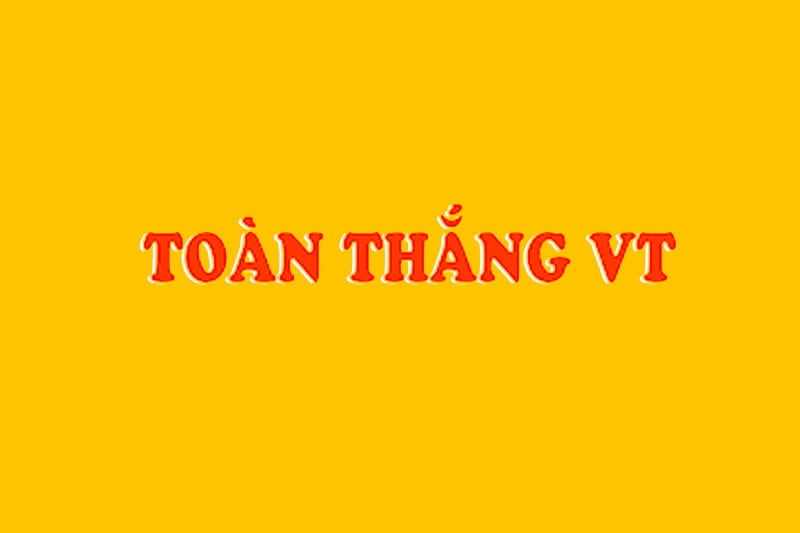


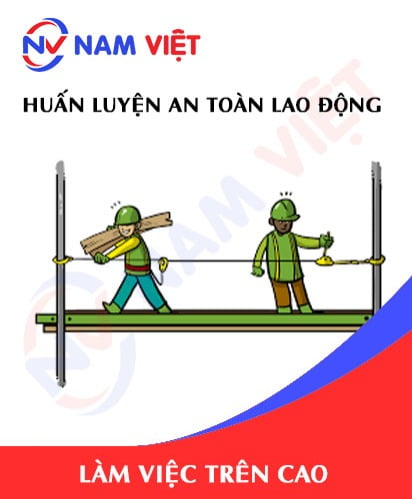
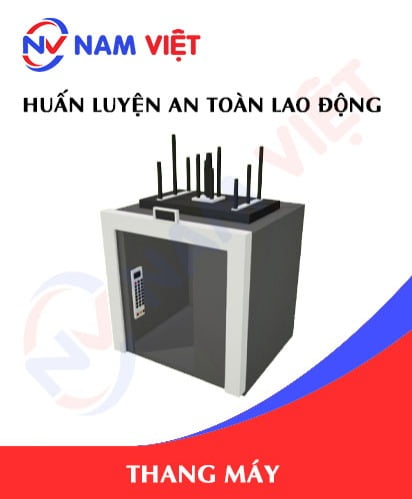

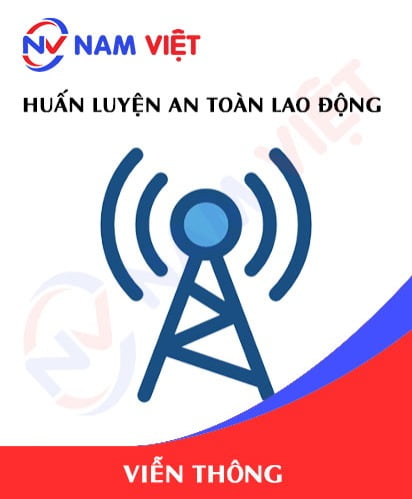
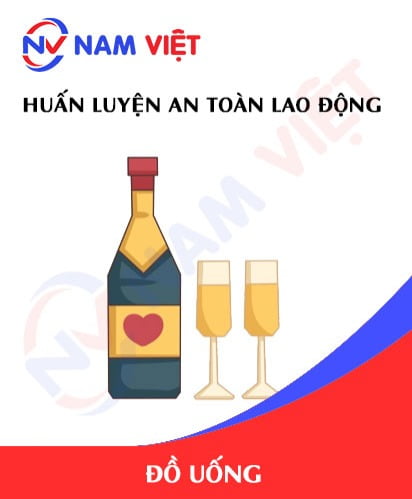
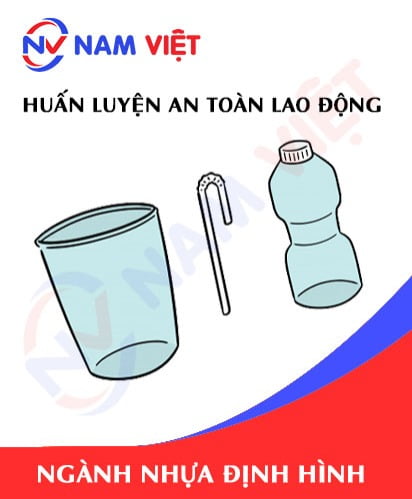
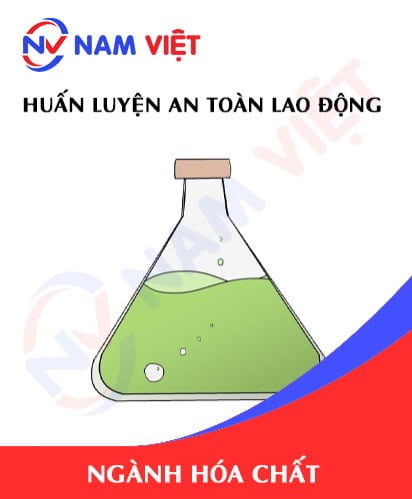
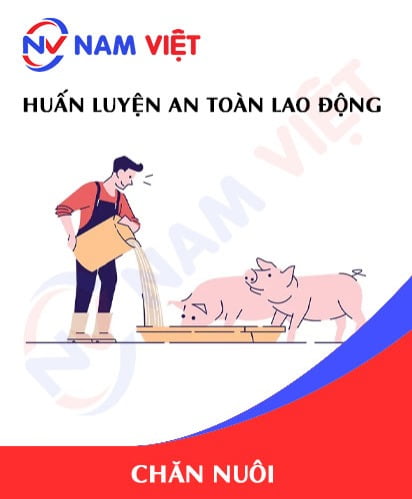
caotiensyhung.07081999
dịch vụ tốt